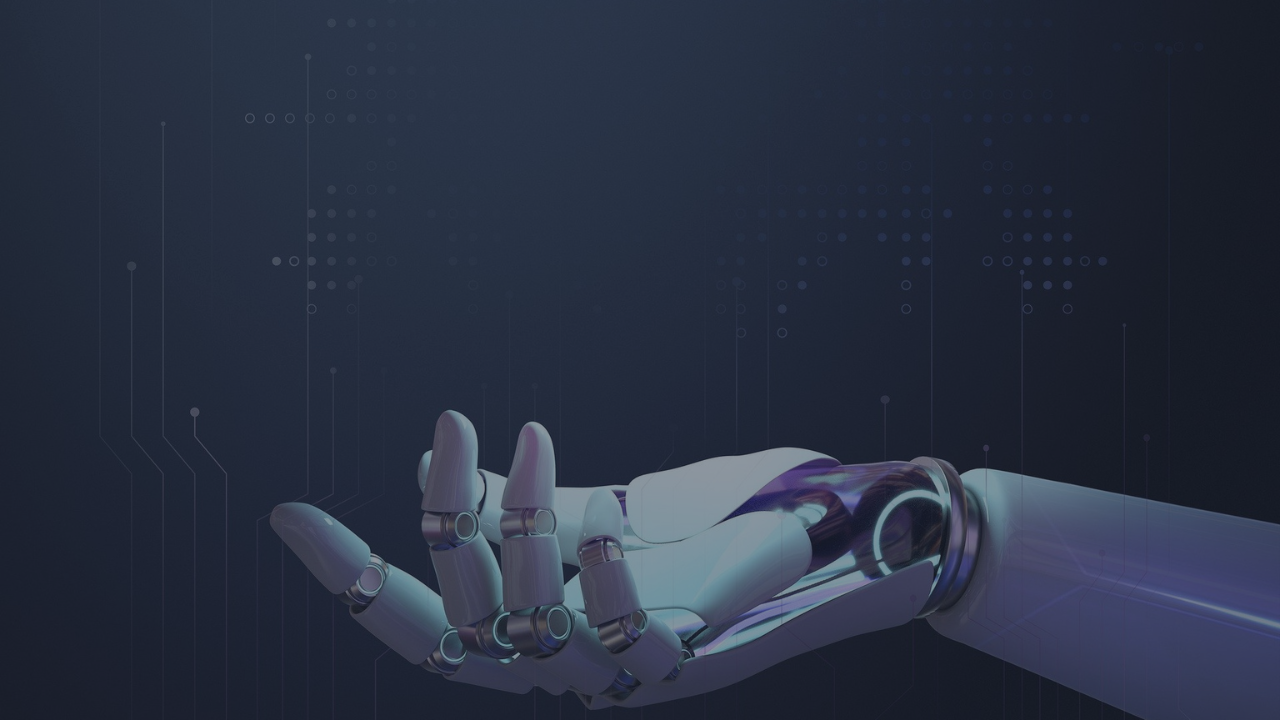Between science fiction and reality, the future of robot is already here
Si trasforma in un razzo missile, con circuiti di mille valvole, tra le stelle sprinta e va …
How many of us remember the theme song from Ufo Robot Goldrake, which aired on Italian television in the late 1970s under the name Atlas Ufo Robot? Not everyone lived through that era of giant robots confronting alien threats and becoming the champions of humanity, but Atlas Ufo Robot certainly left an indelible mark on the hearts of that generation.
A phenomenon that, decades later, will see the series return with a reboot in early 2025, broadcast on Italian national channels.
If that’s not robot love, what is?
From cartoons to reality: The real Atlas arrives
Although we are still a long way from building a giant robot to fight intergalactic threats, the American company Boston Dynamics has put all its passion and expertise into creating a humanoid robot with the same name: Atlas.
Parkour and Acrobatics: The YouTube phenomenon
Developed under the supervision and funding of the American DARPA, Atlas was unveiled to the public in 2013. Originally designed for search and rescue missions, Atlas conquered the web in just a few years. In fact, its YouTube videos have been viewed millions of times, thanks to stunts so incredible that they make even flesh-and-blood athletes jealous. One example is the video released by Boston Dynamic in 2021, in which a pair of Atlas robots complete a parkour course by running over obstacles of different shapes and inclinations, jumping between obstacles and performing spectacular backflips.
From stunts to action: The usefulness of Atlas
But Atlas’ potential is not limited to acrobatics. According to a 2015 robotics competition organised by DARPA, the Atlas robot demonstrated that it could perform a variety of complex tasks such as driving a utility vehicle, walking through rubble, removing debris blocking entrances, opening doors to enter buildings, climbing industrial ladders, using tools to break through walls, locating and closing valves near leaky pipes, and connecting fire hoses to fire hydrants. The variety of functions performed by such advanced machines shows that they are not only spectacular to watch, but also potential tools to serve mankind in a variety of fields.
Practical applications: An ally in extreme situations
Let’s try to think of real-life applications for a sophisticated robot like Atlas. For example, it could be used in places where natural disasters have occurred to autonomously explore and analyse the environment, moving over rough and dangerous terrain. It could even rescue people trapped in rubble. Another example could be in industry, where batteries of Atlas robots could manage entire warehouses or even carry out spot maintenance in environments too dangerous for a human operator.
Anatomy of an extraordinary robot
But let’s also look at some of the technical data, just to give you an idea of what we’re talking about. Atlas, in its first version from 2013, is battery-powered and hydraulically operated with 28 points of movement (which are a bit like human joints). Its humanoid body is 1.5 metres tall and weighs 85 kilograms. Atlas is able to perceive its environment thanks to RGB cameras and depth sensors, which provide all the necessary input to the control system. All data processing and algorithms for mobility, detection and “predictive capability” take place in three computers built directly into Atlas’ body.
The end of an era… and a new beginning
But Boston Dynamic’s research and development has ambitious goals. Although Atlas has performed feats once thought impossible for a robot, it is still a project in the fine-tuning phase. For this reason, in 2024, Atlas will officially retire from the public eye with a final video dedicated to him, giving him a well-deserved ‘retirement’ and stirring strong emotions among his fans.
Atlas: the electric return of a legend
However, like the Phoenix rising from its own ashes, Atlas was soon unveiled in a video preview with a completely new look. Ditching the hydraulic component, the new Atlas was redesigned to be electric, and thanks to an advanced humanoid form factor, it demonstrated even greater mobility, even managing to articulate movements beyond the limits imposed by the human body.
The new Atlas: Intelligence, precision, adaptation
It is still too early to explore the full potential of the new version, but Boston Dynamics has already whetted our appetite with a hands-on video. It shows Atlas taking plastic components from a trolley and placing them in a special compartment, completely autonomously. The video shows the robot analysing the situation, assessing the best way to reach the object to be moved, making precise movements and finally deciding where to place it. Its ability to adapt is also evident: if a part does not fit, Atlas analyses it again and modifies the movement to place it correctly. The result is simply remarkable.
From dream to history
So Atlas has come a long way, from the fantasies of the 1970s to one of the most fascinating technological realities of our time. Its evolution is a testament not only to Boston Dynamic’s capabilities, but also to how robotics is changing our world. As Atlas Ufo Robot has taught us, the future of robotics is already here, ready to push the boundaries of imagination and write new chapters in the history of technological innovation.
Alessandro Saccardo
Read the other articles in the february 2025 issue of spaceO:
- The history of innovation: Mini Cooper
- Sport: Innovation & Ski
- Innovation & App: Kilogram
- Animation: Disney
- Interview with our colleagues: Luisella Piras
- Cinema: Christopher Nolan’s “The Odyssey”
- IT & environmental challenges: Renewable sources in IT









